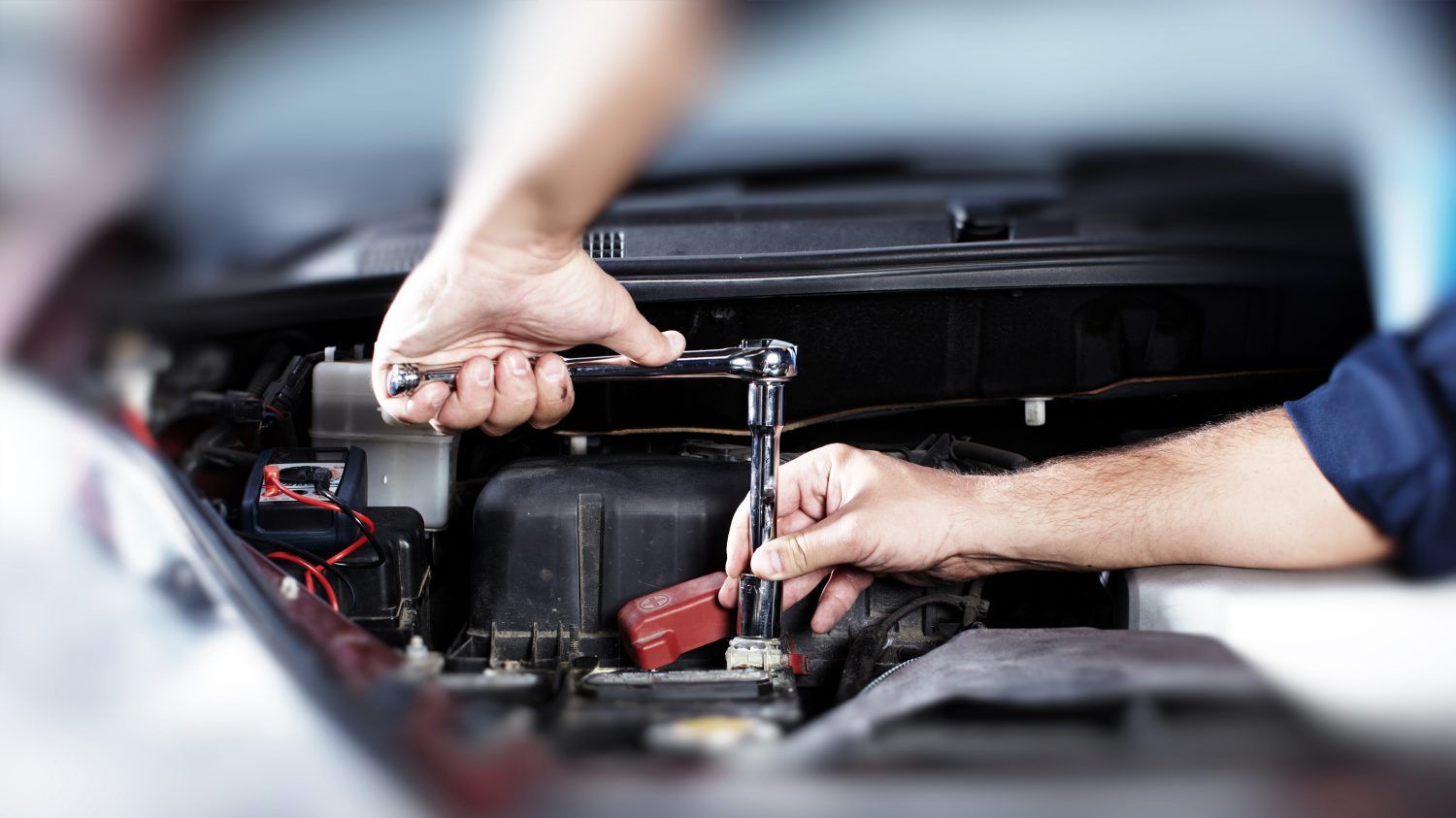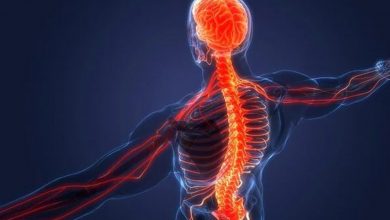The automobile, a cornerstone of modern transportation, consists of intricate systems and components that work harmoniously to propel, control, and ensure the safety of passengers and drivers. This article provides a detailed examination of the fundamental parts that comprise an automobile, including the engine, chassis, drivetrain, suspension, and safety features. By delving into the functions and interactions of these key components, this article aims to offer a comprehensive understanding of the complex machinery that powers our daily mobility.
Introduction: The modern automobile is a marvel of engineering, composed of numerous interdependent components that facilitate safe and efficient transportation. This article offers an in-depth exploration of the essential parts that collectively contribute to the operation and functionality of an automobile.
Engine and Powertrain:
- Internal Combustion Engine (ICE): The heart of the vehicle, the ICE converts fuel into mechanical energy through controlled combustion, propelling the vehicle forward.
- Electric Powertrain: In electric vehicles (EVs), the powertrain consists of an electric motor, battery pack, and power control unit, offering emission-free propulsion.
Chassis and Frame:
- Chassis: The chassis provides structural support and houses essential components, including the suspension system, brakes, and steering mechanism.
- Frame: The frame, often separate from the body, serves as the vehicle’s backbone, enhancing structural integrity and crash protection.
Transmission and Drivetrain:
- Transmission: The transmission transfers power from the engine to the wheels, allowing the driver to control speed and torque output.
- Drivetrain: Comprising the engine, transmission, and axles, the drivetrain transmits power to the wheels, enabling vehicle movement.
Suspension System:
- Suspension Components: The suspension system includes components such as springs, shock absorbers, and control arms, providing a smooth and controlled ride by absorbing road impacts.
- Steering System: The steering system enables the driver to control the direction of the vehicle, employing mechanisms such as rack-and-pinion and power steering.
Safety Features and Electronics:
- Airbags: Essential safety components that deploy during collisions to protect occupants from impact forces.
- Anti-lock Braking System (ABS): Prevents wheel lockup during braking, enhancing steering control and reducing stopping distance.
- Electronic Stability Control (ESC): Helps maintain vehicle stability during challenging driving conditions, mitigating skidding and loss of control.
Body and Exterior Components:
- Body Panels: The vehicle’s outer shell comprises body panels made from various materials, contributing to aerodynamics and aesthetics.
- Lights and Mirrors: External lights (headlights, taillights) and mirrors (side mirrors, rearview mirror) provide visibility and safety.
The modern automobile is a marvel of engineering, incorporating a multitude of components that seamlessly interact to provide safe, efficient, and reliable transportation. By comprehensively examining the engine, chassis, transmission, suspension, safety features, and other essential parts, this article aims to provide a comprehensive overview of the intricate machinery that powers our vehicles, enhancing our appreciation for the technological sophistication that underpins our daily mobility.
Causes of Automotive Breakdowns: A Comprehensive Analysis
Automobile breakdowns can disrupt travel, inconvenience drivers, and lead to safety hazards. This article explores the multifaceted causes of automotive breakdowns, investigating mechanical, electrical, and environmental factors that contribute to vehicle failures. By delving into common breakdown triggers such as engine issues, battery failures, tire problems, and extreme weather conditions, this article aims to provide a comprehensive understanding of the various factors that can lead to vehicular breakdowns.
Introduction: Vehicle breakdowns can occur unexpectedly, affecting both the convenience and safety of motorists. This article delves into the root causes of automotive breakdowns, shedding light on the diverse array of factors that can lead to these disruptions.
Mechanical Failures:
- Engine Malfunctions: Issues such as overheating, oil leaks, and timing belt failures can lead to engine stalls and breakdowns.
- Transmission Problems: Transmission failures, including clutch issues and gear shifting problems, can impede vehicle movement.
- Brake System Failures: Worn brake pads, brake fluid leaks, and faulty brake components can compromise stopping power and safety.
Electrical Failures:
- Battery Depletion: A dead or weak battery can prevent the engine from starting, leading to a stranded vehicle.
- Faulty Alternator: A malfunctioning alternator may fail to charge the battery, causing a gradual loss of electrical power.
- Starter Motor Issues: A faulty starter motor can prevent the engine from cranking, rendering the vehicle immobile.
Tire and Wheel Problems:
- Flat Tires: Punctures, blowouts, and slow leaks can lead to sudden tire deflation and disable the vehicle.
- Wheel Alignment and Balance: Poor wheel alignment and imbalance can result in uneven tire wear, affecting handling and causing breakdowns.
Fuel and Ignition System:
- Fuel System Failures: Fuel pump failures, clogged filters, or empty fuel tanks can cause engine misfires and stalling.
- Ignition System Issues: Faulty spark plugs, ignition coils, or wiring can disrupt combustion, leading to engine performance problems.
Environmental Factors:
- Extreme Weather Conditions: Harsh weather, such as heavy rain, snow, or extreme heat, can strain vehicle components and lead to breakdowns.
- Road Conditions: Potholes, debris, and uneven road surfaces can damage tires, suspension, and other vehicle parts.
Preventive Measures:
- Regular Maintenance: Adhering to recommended maintenance schedules can help identify and address potential issues before they lead to breakdowns.
- Vehicle Inspections: Routine inspections of vital components, such as brakes, tires, and fluids, can ensure optimal performance.
- Emergency Kits: Carrying a well-equipped emergency kit, including tools, jumper cables, and a spare tire, can help address minor issues on the road.
Automotive breakdowns can arise from a multitude of factors, ranging from mechanical failures to environmental conditions. Understanding the root causes of breakdowns and implementing preventive measures can contribute to safer and more reliable vehicle operation. By addressing common triggers and taking proactive steps, motorists can minimize the likelihood of breakdowns, ensuring smoother and more enjoyable journeys.


















